IMPRESSIONISM &
JAPONISM
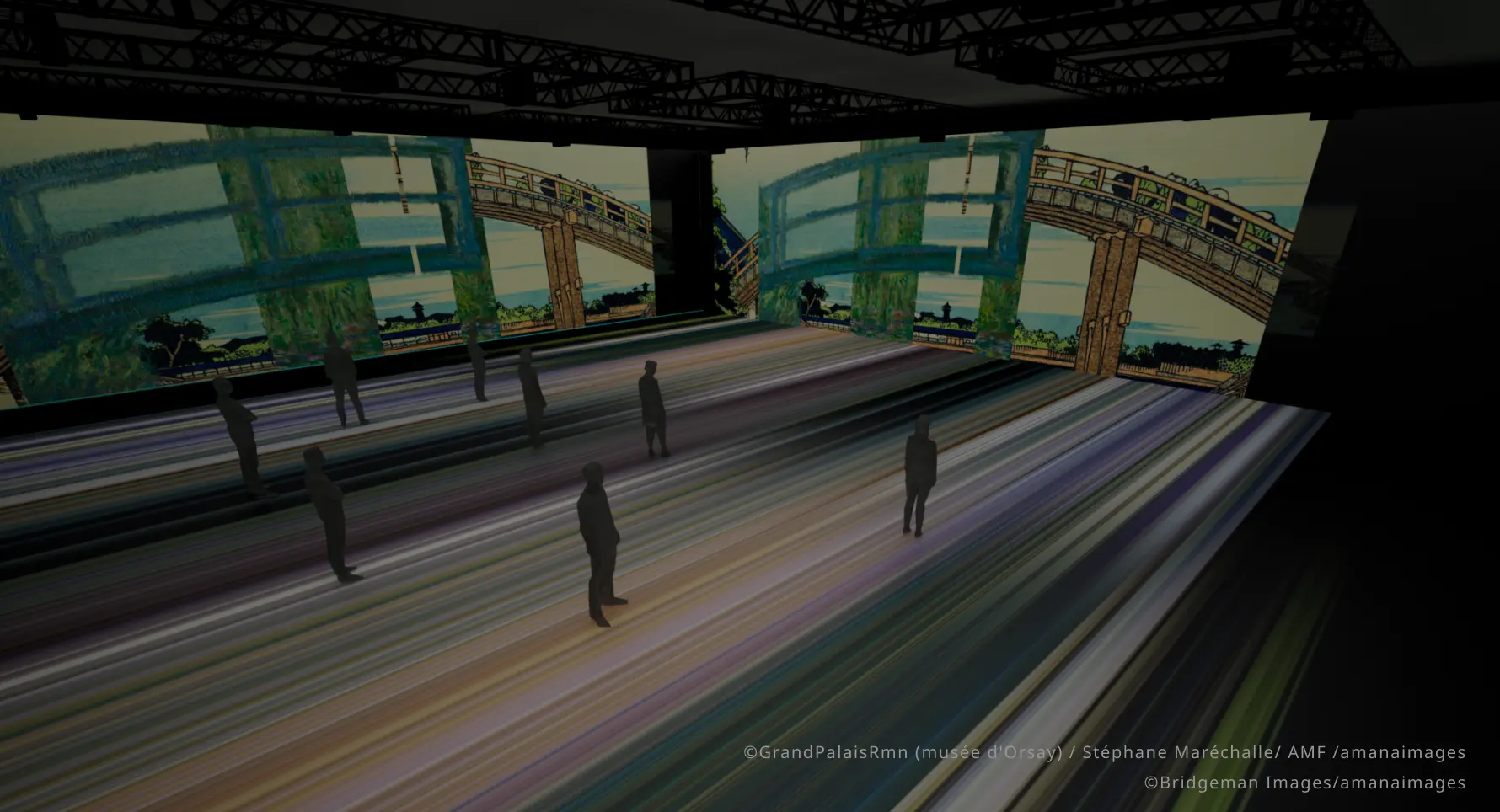

Scene 01
The Town of Edo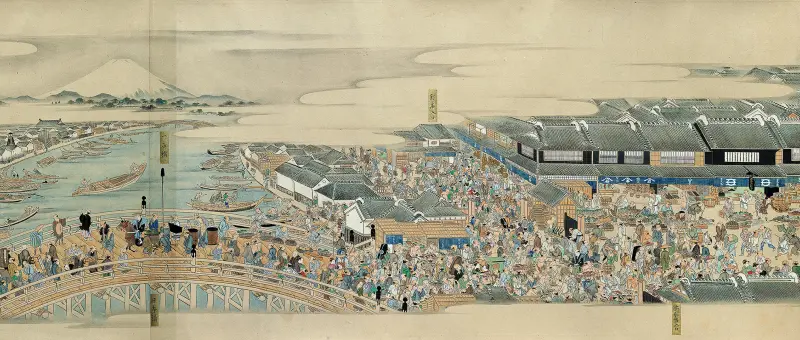
Using the latest video technology, we have created a video adaptation of "Kidai Shoran," depicting the vibrant Edo period. We will head to a storefront where Ukiyo-e is sold.
Scene 02
Van Gogh’s
Ukiyo-e Collection
Van Gogh was struck by the charm of Ukiyo-e, which fascinated him with the “Japan” conveyed within. We will introduce a few pieces from his collection of hundreds.
Scene 03
The Influence of Ukiyo-e:
“Motif”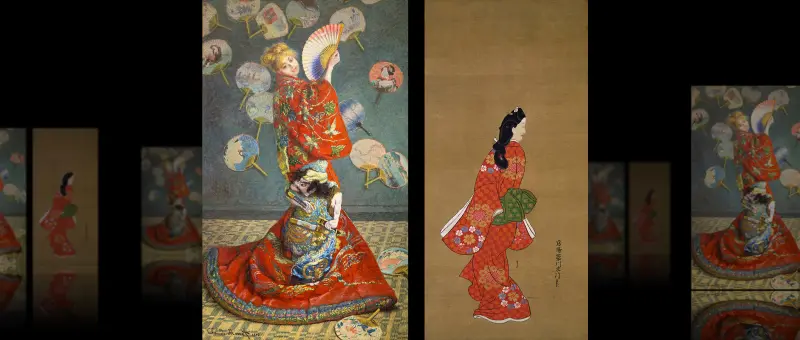
In Western paintings of that time, depicting everyday life and customs of the common people was considered of little value. Through Ukiyo-e, a new perspective was given to the young Parisian artists.
Scene 04
The East and the West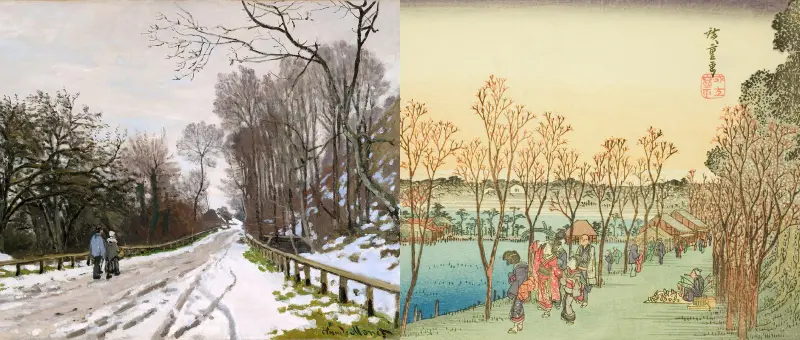
The skylines of Europe and Edo Immerse yourself in the encounter between Eastern and Western paintings that transcended time and space.
Scene 05
The Influence of Ukiyo-e: “Composition”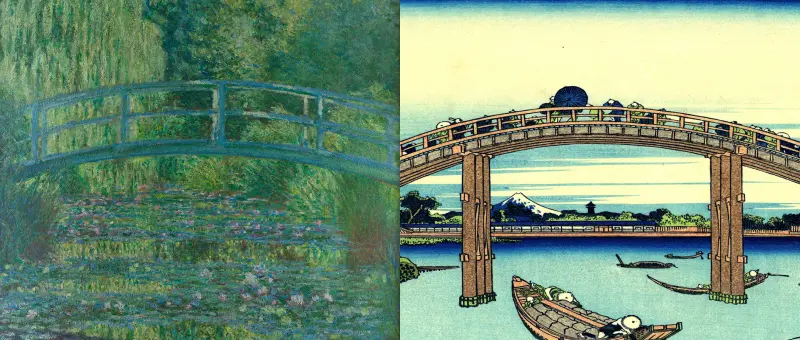
The bold compositions of Ukiyo-e also represented a visual grammar absent in traditional Western painting. Impressionist artists added this essence into their work, challenging the period norm.
Scene 06
Series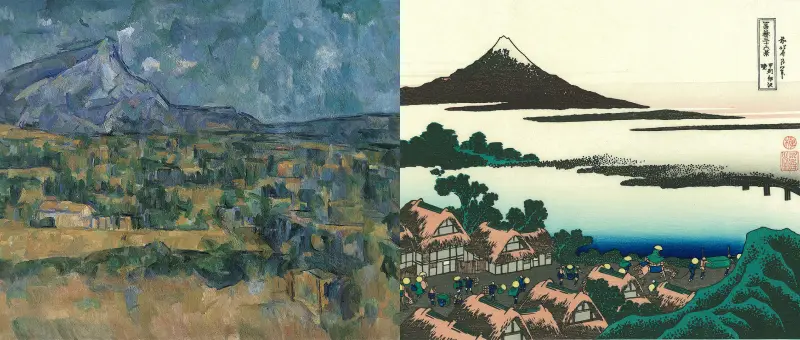
Mont Sainte-Victoire, the beloved inspiration of Cézanne, is juxtaposed with Katsushika Hokusai's Thirty-Six Views of Mount Fuji, inviting an exploration of their shared echoes and unique contrasts.
Scene 07
Van Gogh and Ukiyo-e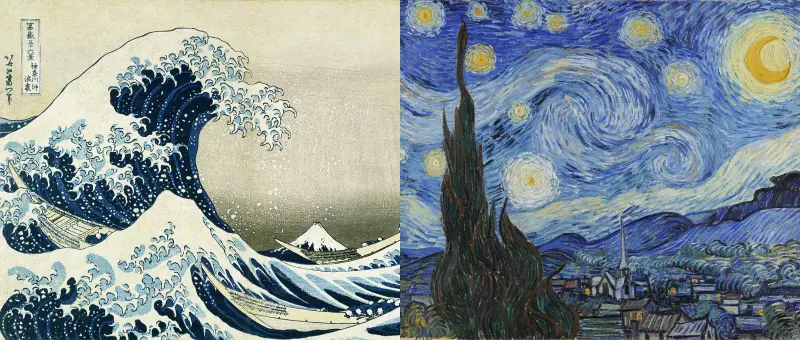
Van Gogh, who had an immense love for Ukiyo-e The traces of its influence are embedded deeply in the numerous masterpieces he left behind.
Scene 08
The Dawn of Impressionism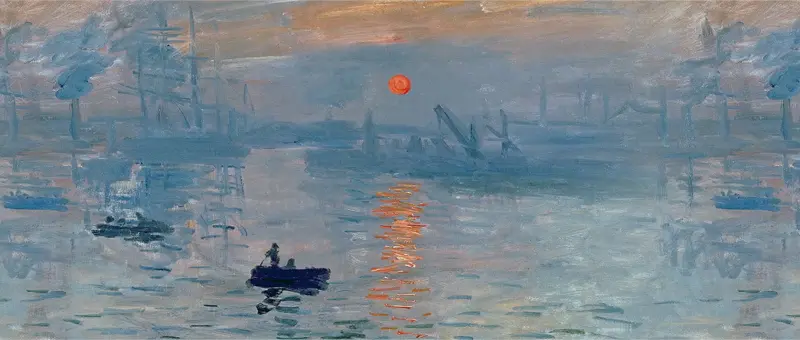
Artists were fueled by inspirations from Ukiyo-e, developing their unique painting styles. Thus, the "Impressionism" movement was born.

Keiko Sakagami
Born in Tokyo, she is a professor at Waseda University specializing in modern and contemporary art. Her major publications include "Georges Seurat: The Modernity of Pointillism" (Brücke) and "Berthe Morisot: A Female Painter's Life in Modernity" (Shogakukan).
Even before anime and manga, there was a time when Japanese visual culture gained attention overseas. This was during the 19th century, from Impressionism to Post-Impressionism. In Giverny, where Monet painted his water lily series, a Japanese arched bridge spanned the pond in his home garden. The gourmet artist enjoyed his daily meals in a dining room surrounded by Ukiyo-e prints. Van Gogh collected Ukiyo-e in Paris, amassing hundreds of pieces. Southern France, where he relocated, was his substitute for the Japan he envisioned. In their era, Japan had just opened its borders, introducing many artworks to the world through international expositions and art dealers. Eventually, Japanese art caught the eyes of Western artists and became a rich source of inspiration.
The encounter between Eastern and Western cultures sparked new creativity in the art of the Impressionists and Post-Impressionists. At the Immersive Museum, many vibrant images displayed on large screens will transport you into the world of Ukiyo-e as Monet and Van Gogh imagined. We hope you enjoy the unique worldview connecting Hokusai, Hiroshige, Monet, and Van Gogh through contemporary visuals and music.